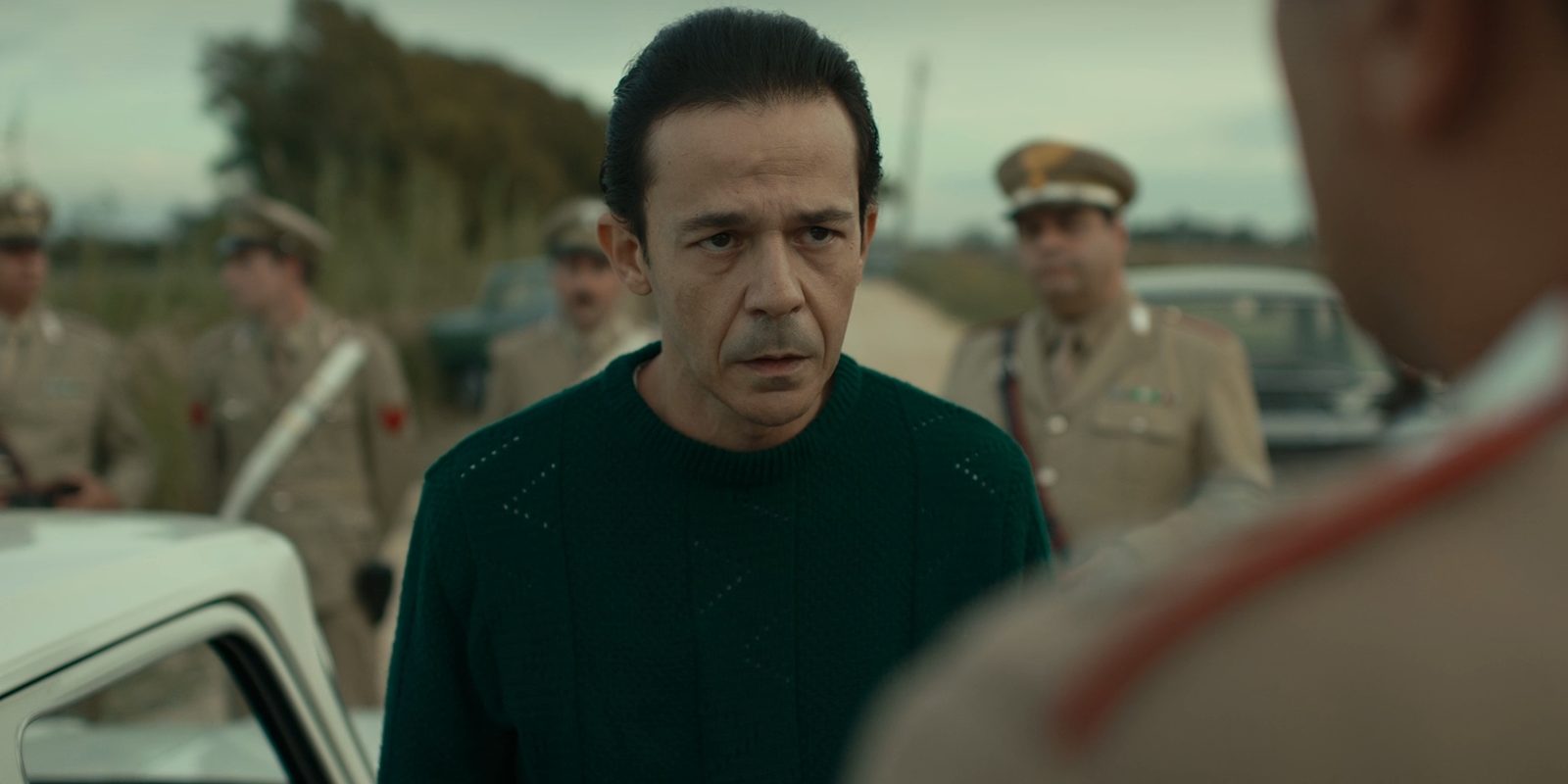Netflix’s ‘The Monster of Florence’ or ‘Il mostro’ follows a series of killings in the region of Florence in Italy spanning a period of seventeen years. The killer terrorizes young couples getting intimate in cars and kills them mercilessly. With the number of killings increasing, the cops are drawn into the world of an elusive killer dubbed “The Monster of Florence.” The Italian crime drama series also features the perspectives of various characters who, directly or indirectly, become part of the investigation into the killer’s acts.
Created by Leonardo Fasoli and Stefano Sollima, the narrative also examines how the Monster targeted women and the possible motivations behind these actions. Set in the period ranging from the 1950s to the 1980s, the show looks at several years of secrets, deception, and violence as the cops and other interested parties try to find the identity of the killer. The show poignantly explores the ideas of identity, social norms, liberty, and justice. SPOILERS AHEAD.
The Monster of Florence is Inspired By the Actions of the Titular Serial Killer
Written by the aforementioned creators, ‘The Monster of Florence’ is based on real events that unfolded in Italy from 1968 to 1985. Dubbed “The Monster of Florence” (Il Mostro di Firenze in Italian) by the Italian media, the killer mainly killed couples in isolated spaces near the outskirts of Florence. The killer is said to have murdered at least sixteen people during this time period. The initial murders attributed to the mysterious killer occurred in 1968. Barbara Locci, a 32-year-old married woman, and her 29-year-old lover, Antonio Lo Bianco, were discovered murdered by gunshots in a parked car near Florence. This was followed by other murders with a similar “modus operandi.” In September 1974, Pasquale Gentilcore and Stefania Pettini were shot and stabbed.
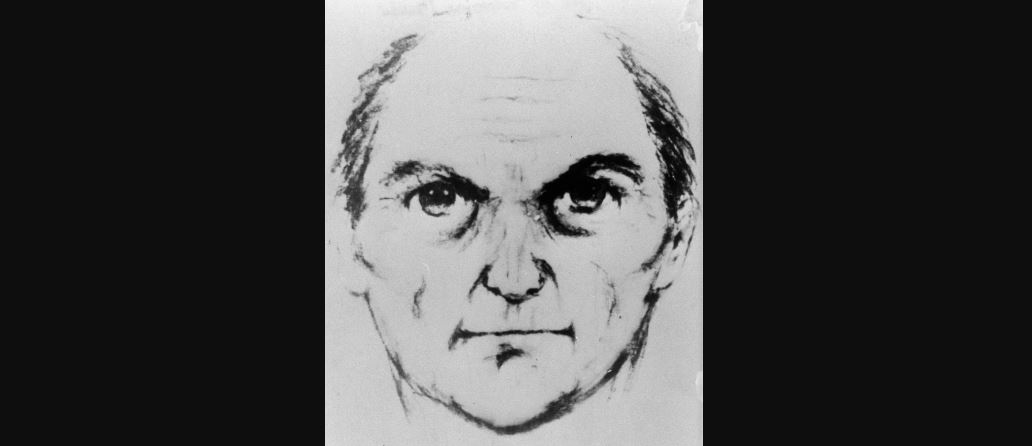
In June 1981, Giovanni Foggi and Carmela De Nuccio were shot and stabbed, with De Nuccio’s pubic area being cut out. This was followed in October 1981 by the shooting and stabbing of Stefano Baldi and Susanna Cambi, where the latter’s pubic area was also mutilated. June 1982 saw the shooting deaths of Paolo Mainardi and Antonella Migliorini. In September 1983, Wilhelm Friedrich Horst Meyer and Jens Uwe Rüsch were shot and killed. Claudio Stefanacci and Pia Gilda Rontini were shot and stabbed in July 1984. The final documented attack in September 1985 involved Jean Michel Kraveichvili and Nadine Mauriot, who were shot and stabbed, and Mauriot’s body was mutilated. This is the point when the Monster murders stopped after years of violence. However, it hasn’t been established as to why the killings stopped after 1985.
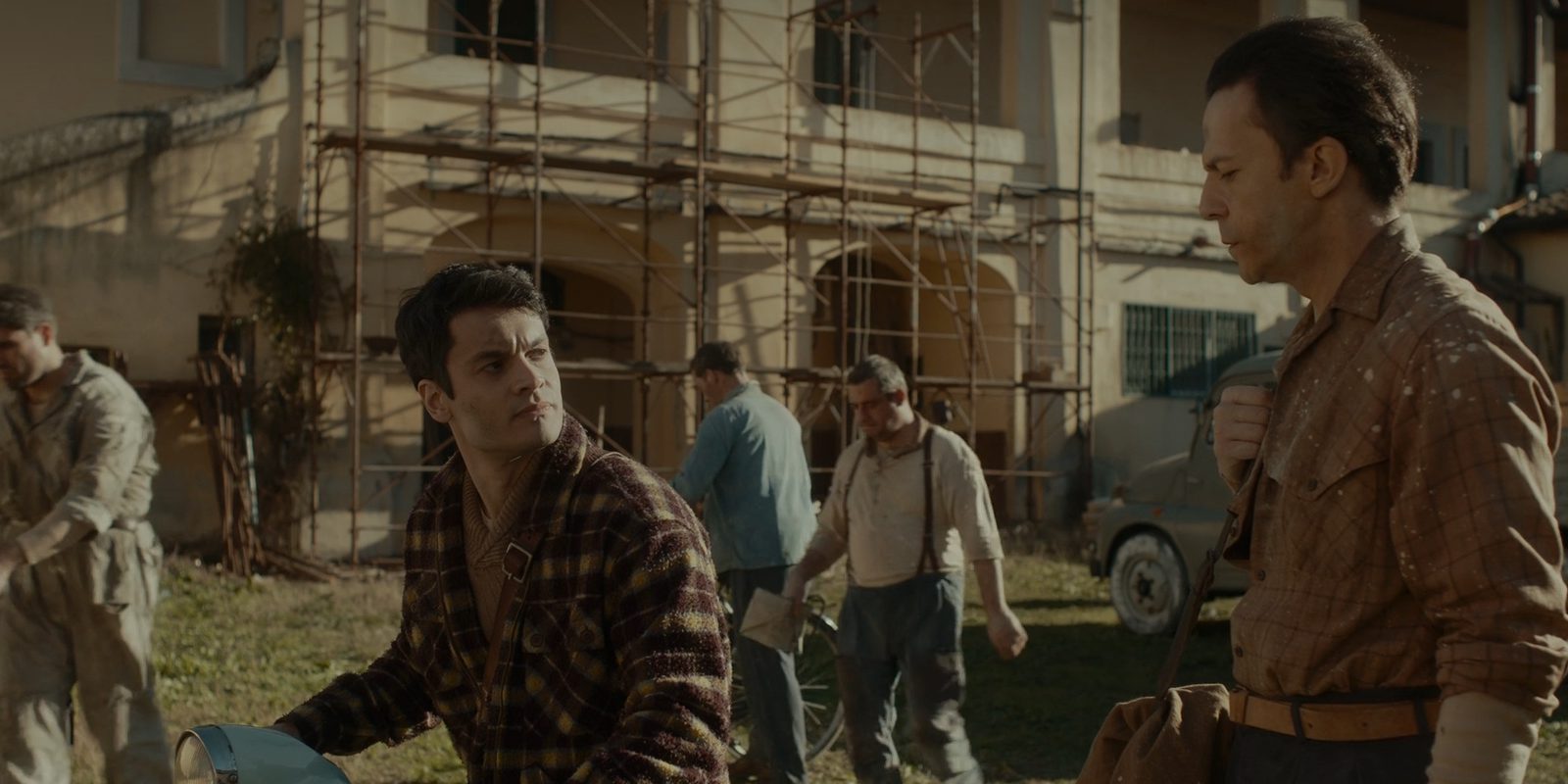
Stefano Mele, Barbara Locci’s husband, was initially convicted of the crime. However, he was later released after it was discovered that the same modus operandi and weapon were used in other murders committed while he was in prison. Law enforcement focused on investigating suspects of Sardinian ethnicity, which included Francesco Vinci, a former lover of Locci, and various relatives of Stefano Mele. Judge Mario Rotella also detained Stefano’s brother, Giovanni Mele, and brother-in-law Piero Mucciarini, but the 1984 murders occurred while they were in prison, leading to them being set free. The judge then looked at Salvatore Vinci, Francesco’s brother, and Barbara’s former lover. He was a person of interest mainly due to his wife’s mysterious death in Sardinia, and he was let go.
Despite their arrest, all of these men were eventually exonerated. In 1994, Pietro Pacciani, a farm laborer with a violent past, was convicted of murdering seven couples. His conviction was overturned, and a new trial was ordered. Police then suspected a group led by Pacciani, but he died before the second trial. Subsequently, two of his so-called accomplices, Mario Vanni and Giancarlo Lotti, were convicted in 1998. However, Giancarlo died in prison in 2002, and Mario died in 2009. Thus, despite numerous suspects and clues, no single individual has been identified as the Monster. It is only a matter of speculation if the real killer will ever be apprehended. Not only does the life of the Monster inspire fear, but it also represents the reality of violence.
The Monster of Florence Reflects Social Reality in Unsettling Ways
Since the show is based on real-life incidents and retains the real names of the characters, it poignantly reflects the horror surrounding the Monster. Despite its creative freedoms and the use of tense narrative techniques, it offers a unique visual experience that is filled with horror and secrets. Talking to Time, Stefano Sollima, one of the show’s creators, opined that he wanted to narrate the story of the Monster without taking a stance. He said, “When we read the material, we realized the story had been told in many different ways by different people.” Since the story of the Monster has been popular in Italy, it presumably would’ve been a difficult task to retell it for modern audiences. He also said that the names used in the series are real, which also led to legal complications.
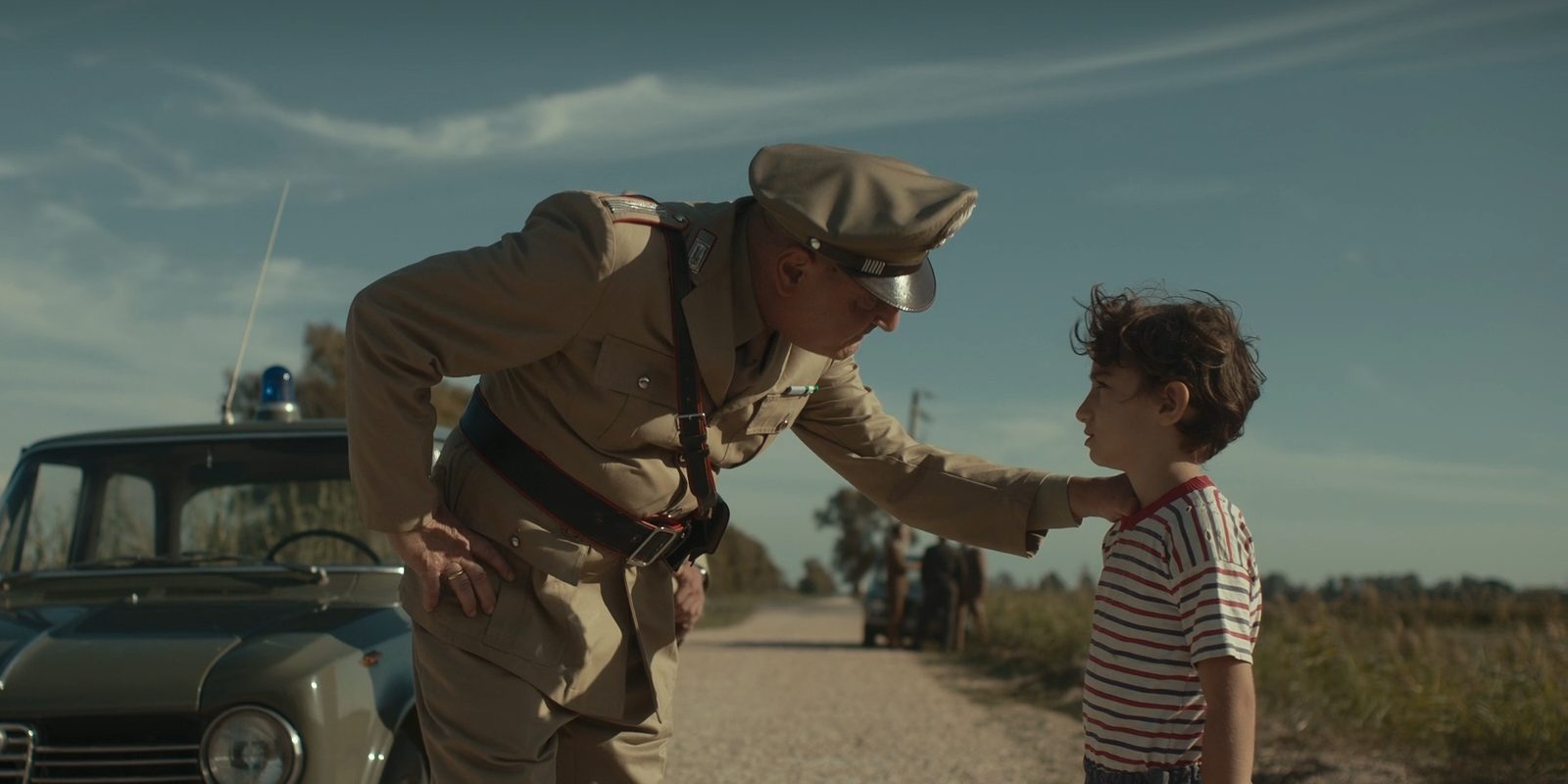
The co-creator added, “So whatever you see in the series is what really happened, and part of the dialogues that you hear are dialogues which really took place among and between the people.” The show’s authenticity and the desire to tell the truth as unvarnished as possible are reflected in the creator’s words. The narrative is seen in a non-chronological order and picks up in 1982 with the murder of Paolo and Antonella. We also see detailed investigations into the deaths of Barbara and Antonio in 1968, which becomes the central focus of the series. The storyline also treats reality with respect, as it clearly mentions the names of the victims claimed by the killer, which, in a way, is a subtle homage to them.
Sollima also wished for viewers to learn more about Italy’s history through the show, especially the culture of the 1960s and 1970s. The aspect of violence against women is a thematically relevant point in the show. It highlights how women were targeted for expressing their bodily autonomy and engaging in sex with their lovers. The serial killer, despite killing couples, mainly focuses on achieving some sort of twisted catharsis through the mutilation of his female victims’ bodies. Sollima stated, “The violence against women still exists and is present today. The cultural environment in which that violence was perpetrated and cultivated has taken on different features, but it is still present today. So this story can be considered, in my opinion, still very relevant, still very topical, and still very contemporary.”
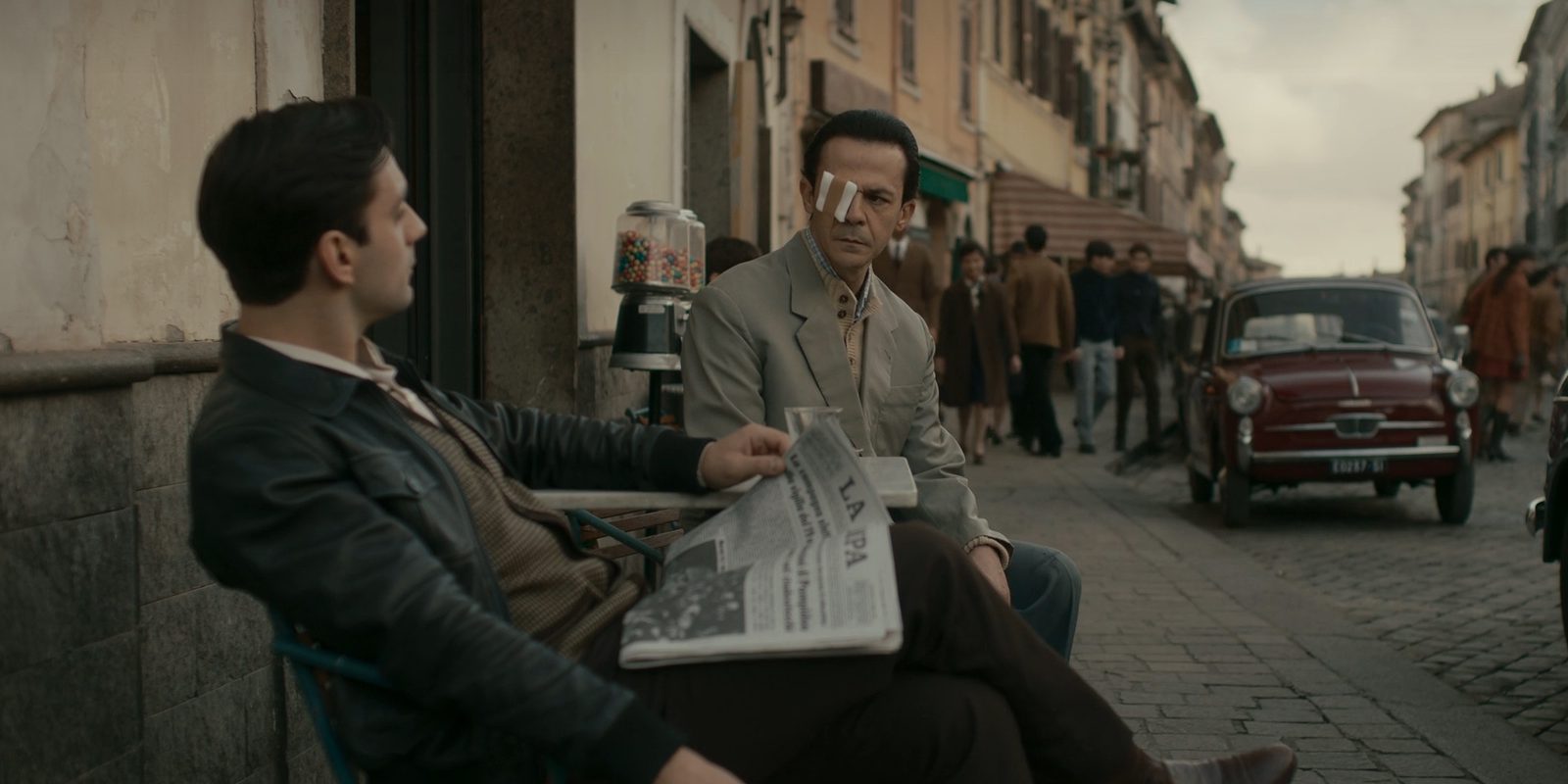
The theme of gender-based justice and the importance of protecting women’s bodily autonomy and liberty is at the nucleus of the show. Although the show includes this sensitive theme, it steers clear of preaching to the viewers. Ultimately, the show refrains from sensationalism and bravado but chooses instead to talk about reality in a way that highlights the plights of the victims, while also exploring questions about the killer’s identity.
The Show is Spiritually Connected to Other Pop Culture Works
Though the show is set in Italy and focuses primarily on the happenings in the country, it has a spiritual connection with other visual products. The most notable examples here are David Fincher’s ‘Zodiac’ and Bong Joon Ho’s ‘Memories of Murder.’ There are striking similarities between the show and the aforementioned films as they all deal with unresolved cases. While ‘Zodiac’ chronicles the unsolved murders of the titular killer, ‘Memories of Murder’ looks at the series of killings in Hwaseong. The most prominent similarity between the Zodiac killer and the Monster is the aspect of targeting vulnerable couples in their private moments.
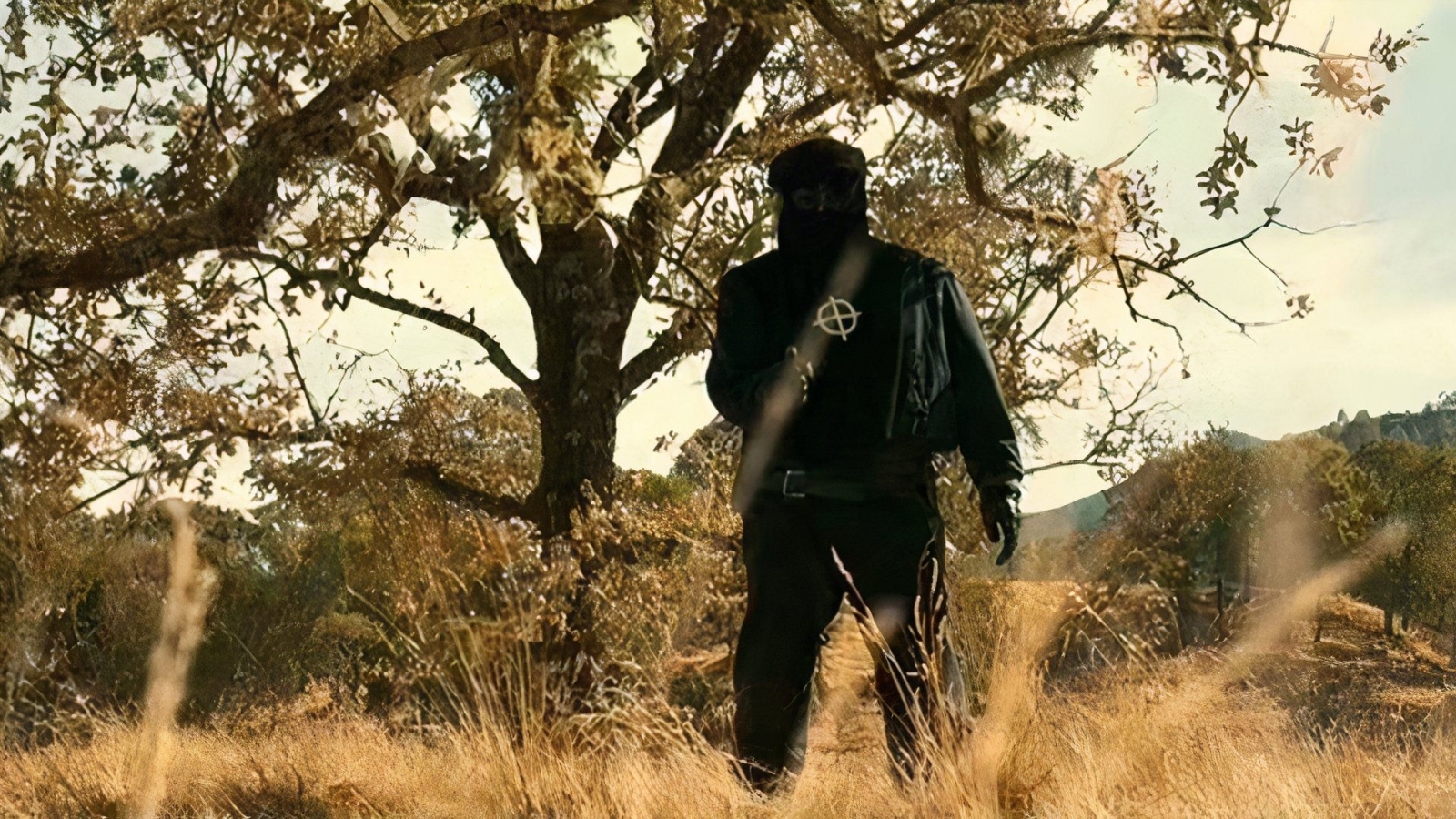
There are suggestions that the Zodiac killer and the Monster could actually be the same person, but that line of reasoning hasn’t been clearly proven. The Hwaseong murderer also targeted women in ways similar to the Monster. Though the identity of the Hwaseong killer was eventually revealed in 2019 to be a man named Lee Chun-jae, the identity of the Zodiac killer and the Monster still remains unresolved. The narrative style, visual elements, and unsettling tone of the show exhibit similarities to those of the other two movies. The constant sense of dread and the possibility of violence are the heart of all three narratives. In conclusion, it can be said that the series reflects reality while also entertaining the viewers.
Read More: Where is The Monster of Florence Filmed?

